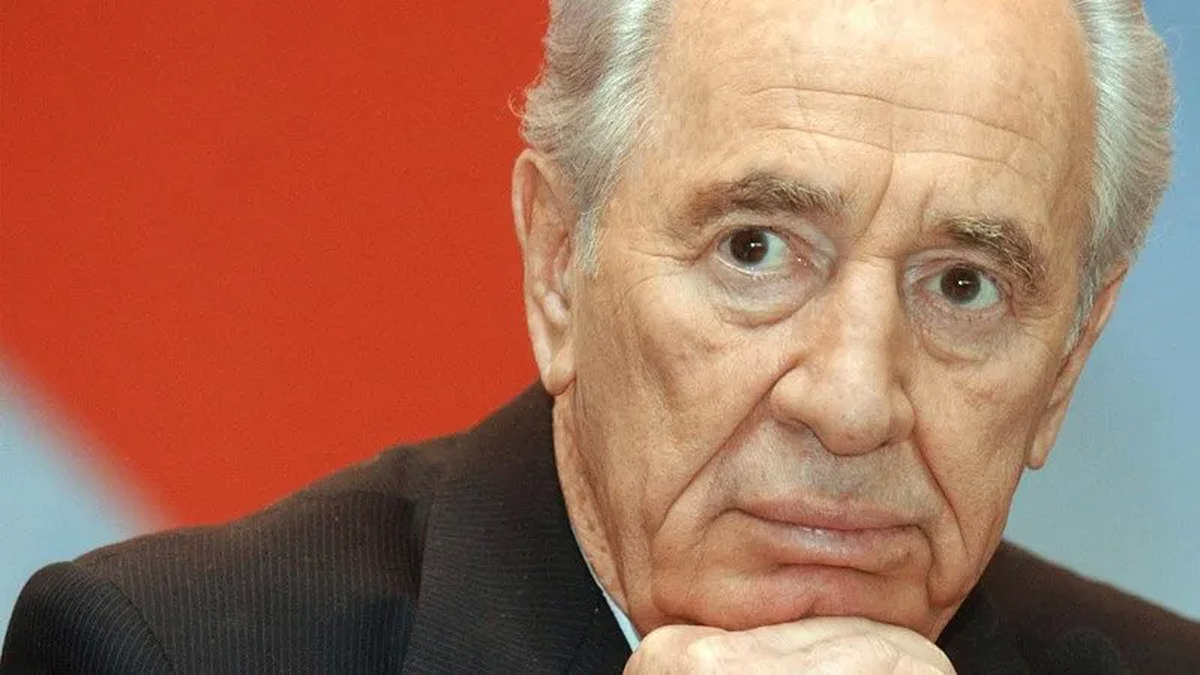In this sense, by not having a correct diagnosis of this problem, and therefore not giving clear answers or signals from economic policy, discussions and comparisons on stabilization plans to be implemented become relevant in public opinion.
LB1.jpg
An example that has become fashionable in recent times is the stabilization plan promoted by Israel in 1985. Stated schematically, among other things, Israel devalued its currency, increased wages more than devaluation, but at the same time rates more than wages, and raised interest rates above inflation.
The foregoing together with the freezing of prices of goods and services for six months through political agreements between the government, unions and businessmen. In short, as the main result of the economic policies implemented, this country in a few years managed to lower inflation to levels that they ranged from around 500% at the start of the program to 20% three years later. This eloquent fact of the success obtained by the Israeli economy is the siren song that leads us to think about the possibility of implementing this type of recipe in Argentina.
However, an issue that is not minor that goes unnoticed when analyzing the success of Israel is the financial support that the US has historically given it. Only between the 1980s and 1990s, financial aid was more than 60,000 million dollars. The latter was what allowed it to strengthen the reserves of the Central Bank and carry out said program. In our case: Who would finance that process?
On the other hand, we want to emphasize the following: it is not clear what would be achieved with a devaluation of the exchange rate. Devaluation as a way out of the current situation would only aggravate existing problems since it operates by modifying the distribution of income regressively (income effect) and not by modifying the amounts imported and exported (substitution effect). In other words, in technical terms this means that there is little price elasticity of imports and exports. Furthermore, the idea of an inverse relationship between real wages and the nominal exchange rate is widely recognized by Argentine society. Thus, a higher exchange rate/wage ratio corresponds to a higher rate of profit and a higher share of profits in the surplus.
In this way, what a devaluation of the exchange rate would achieve is to accelerate inflation as a consequence mainly of salary resistance. In addition, a question that is put to us is the following: Would the private sector be willing to raise wages more than the devaluation?
Regarding the argument of raising rates above wages, these would once again hit wages and therefore induced consumption. Also, if the idea is to raise the salary, why devalue? This is like having the objective of moving forward two boxes and to achieve it, first go back one and then move forward three. What is hidden behind this argument is to further lower wages to achieve some non-existent competitiveness. In short: Would the devaluation solve the problem of shortage of foreign currency? What comes after the first devaluation? Would the gap between the official and parallel exchange rate adjust or widen? and the trap?
Another issue that we would like to mention is that of the political agreements that a stabilization plan would entail. Some heterodox colleagues focus on the sphere of political agreements, neglecting the current structural conditions. In this way, it would be possible to curb a certain autonomous inflationary inertia of the distributive bid by appealing to the (good) will of the different sectors of society. Although political agreements are a necessary condition to solve the problem, we would like to highlight two points on this issue: firstly, inflationary inertia is not a cause but a consequence of inflation. Therefore, this could be contained by anchoring the macroeconomic costs mentioned at the beginning of the note. Secondly, price controls would not be having an effect since prices are the result of the push of costs. There is no point in making a price agreement if later the exchange rate and tariffs rise, and wages a little later as a response.
Definitely, there is no magic when talking about stabilization plans. If the rate of adjustment of the exchange rate agreed with the IMF is not resolved and the rise in tariffs moderates, it is very difficult in this context for workers’ wages to function as an anchor to solve the problem of inflation.
A stabilization plan has to be consistent with the identification of the causes of the problems in the national economy. Otherwise, proposals such as a devaluation, then raising wages and rates even more than wages would only aggravate the existing problems with the continuation of a regressive distribution of income.
Political Economists. Professors of the Department of Economics and Administration of the National University of Moreno (UNM)
Source: Ambito
David William is a talented author who has made a name for himself in the world of writing. He is a professional author who writes on a wide range of topics, from general interest to opinion news. David is currently working as a writer at 24 hours worlds where he brings his unique perspective and in-depth research to his articles, making them both informative and engaging.




